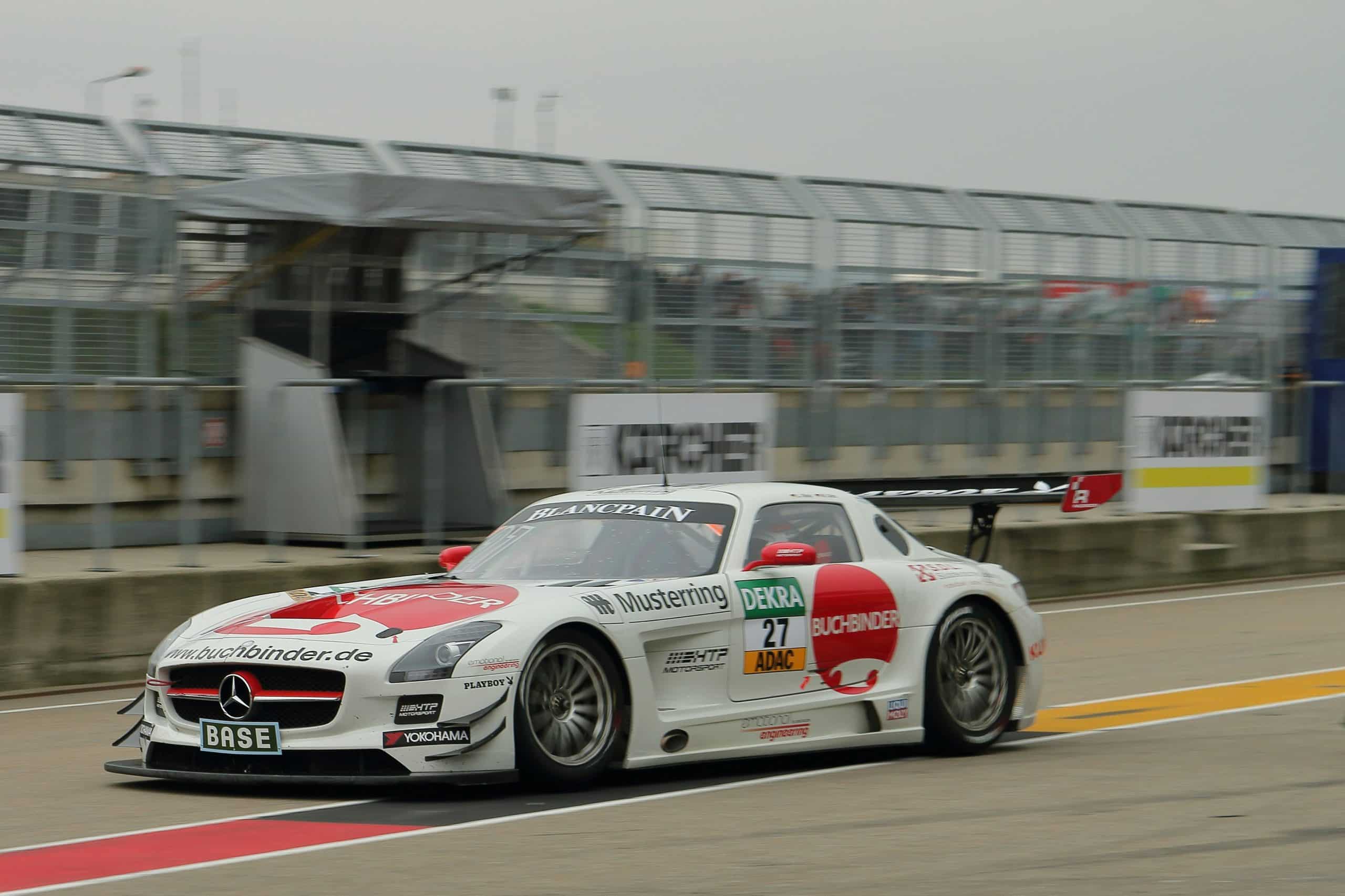When it comes to improving the performance of track and street vehicles, a sequential transmission retrofit can provide substantial benefits. Understanding sequential transmissions, how they work, and their advantages over manual counterparts can help you make an informed decision to enhance your car’s performance. We will unpack these concepts, examining the sequential transmission, its application in cars, and the benefits it presents.
Understanding Sequential Transmissions
Before diving into the benefits of a sequential transmission retrofit, it’s crucial to understand what we mean by ‘sequential transmission’. Unlike a traditional manual gearbox, where gears can be selected in any order, a sequential transmission demands that gears be engaged in a specific, predetermined sequence.
Dans le meme genre : Can Ventilated Brake Discs Significantly Reduce Overheating in High-Performance Driving?
In a sequential gearbox, the action of the shifter is linear, moving back and forth instead of the H-pattern common in manual models. This design ensures smooth shift changes, limiting the risk of mis-shifts and contributing to overall vehicle performance.
The Mechanics of Sequential Transmissions
To comprehend how sequential transmissions are beneficial, you must first grasp how they work. The sequential transmission is intricate, consisting of numerous components working together to ensure smooth gear engagement.
Avez-vous vu cela : What Are the Advantages of Upgrading to LED Tail Lights for Visibility and Style?
When shifting, a clutch is not always necessary. The driver can let off the throttle while shifting up, and the transmission will automatically disengage. The gearbox utilizes a device known as a dog clutch, which is faster and more robust than the synchromesh mechanism found in most manual transmissions.
In a sequential system, when you shift up, the next gear is selected and kept ready for engagement. The current gear is then disengaged, and the next gear takes its place. This operation is reversed when downshifting.
Retrofitting Sequential Transmissions to Your Car
After understanding sequential transmission’s mechanics, let’s explore how you can retrofit it into your car. Such a retrofit begins by identifying a suitable sequential transmission that matches your vehicle’s specifications and your performance goals.
The sequential transmission and your car’s engine need to join effectively for optimal performance. This involves checking the location and configuration of the engine and transmission mounts, as well as the compatibility of the transmission with your car’s drivetrain.
Cables or rods are then received and installed to link the shifter to the gearbox, enabling you to control the sequential transmission. The last stage of the retrofit involves setting up a new ECU map or a standalone transmission control unit to control the sequential transmission effectively.
The Benefits of Sequential Transmissions in Performance Vehicles
The retrofitting process surely sounds like an intensive task. So, why would one opt for sequential transmissions over traditional manual ones? The answer lies in the unique benefits that sequential transmissions offer, particularly for track and performance vehicles.
The key advantage is speed. Sequential transmissions can shift gears in milliseconds, faster than any human can manage with a manual gearbox. This instant gear change can be the difference between victory and defeat on a racetrack.
The simplified shifting pattern is another significant benefit. The linear, back and forth movement eliminates the possibility of skipping gears or mis-shifts. This reduction of driver error helps in maintaining consistency in races and enhancing the car’s performance on the street.
Given these advantages, it’s clear that sequential transmissions are an efficient upgrade for anyone serious about improving their car’s performance. Whether you’re a track racer looking to shave milliseconds off your lap time or a performance car enthusiast seeking smoother and faster gear shifts, a sequential transmission retrofit could be the upgrade your car needs.
Although retrofitting a sequential transmission into your car may seem like an intimidating task, the outcome often justifies the effort and investment. Given the significant performance boost it offers, a sequential transmission is a worthy modification for performance and track-oriented vehicles. The ability to shift gears quickly and accurately, with reduced room for error, is a major draw for those looking to improve their driving experience and vehicle performance.
A Closer Look at Sequential Retrofits: Straight Cut, Sequential Manual, and Dual Clutch
To provide a deeper understanding of sequential transmission retrofits, it’s useful to examine different types. Specifically, let’s consider straight cut, sequential manual, and dual clutch transmissions.
Straight cut transmissions, often used in professional racing, provide incredible strength and durability. The gearing design allows for a more direct transfer of power from the engine to the wheels, reducing power loss and improving performance. However, these sturdy gearboxes produce more noise than their helical counterparts, making them more suitable for track than street use.
Sequential manual transmissions are a variation of the traditional manual transmission, but with a different gear engagement system. Rather than allowing for random gear selection, they require shifting in a sequence, just like their namesake. This design eliminates the risk of mis-shifts, and by requiring shifting only in a specific order, it greatly reduces the chance for human error.
Dual clutch transmissions are a more recent development in the automotive world. These systems use two clutches instead of one: one for odd-numbered gears and one for even-numbered gears. The advantage of this design is that while one clutch is engaged, the other pre-selects the next gear. This means that gear changes can occur in a fraction of a second, minimizing power loss and improving acceleration rates.
Sequential Shifter and Position Sensor
To control a sequential transmission, a sequential shifter is used. Unlike a traditional stick shift, a sequential shifter moves in a straight line, either forward or backward. This simplifies the task of shifting gears and reduces the potential for driver error.
An essential component of the sequential transmission system is the position sensor. This device determines the position of the shifter and, in turn, the gearbox. It keeps track of whether the driver is shifting up, down, or remaining in the same gear. Understanding and interpreting this data is critical for the transmission control unit, allowing it to make the appropriate adjustments for optimal performance.
Conclusion: The Impact of Sequential Transmissions on Performance Vehicles
Sequential transmissions have an undeniable impact on the performance of track and street vehicles. Their advantages in speed, accuracy, and simplicity offer a substantial performance boost compared to traditional manual transmissions. This retrofit can be the deciding factor in a race by shaving off precious milliseconds in gear shifts.
Despite the complexity of retrofitting a sequential transmission, the benefits it provides make it a worthwhile investment. Whether you’re a track racer looking to improve your lap times, or a car enthusiast seeking a smoother and faster driving experience, retrofitting a sequential transmission could be the upgrade your vehicle needs.
The world of sequential transmissions is vast, encompassing not just straight cut, sequential manual, and dual clutch variations, but also featuring intricate components like the sequential shifter and position sensor. Understanding these aspects can aid in making an informed decision about retrofitting a sequential transmission into your vehicle.
Remember, the decision to retrofit a sequential transmission should not be taken lightly. It’s a significant modification that requires considerable time, effort, and investment. However, if you’re serious about improving your vehicle’s performance, this might be the upgrade you’ve been waiting for.











